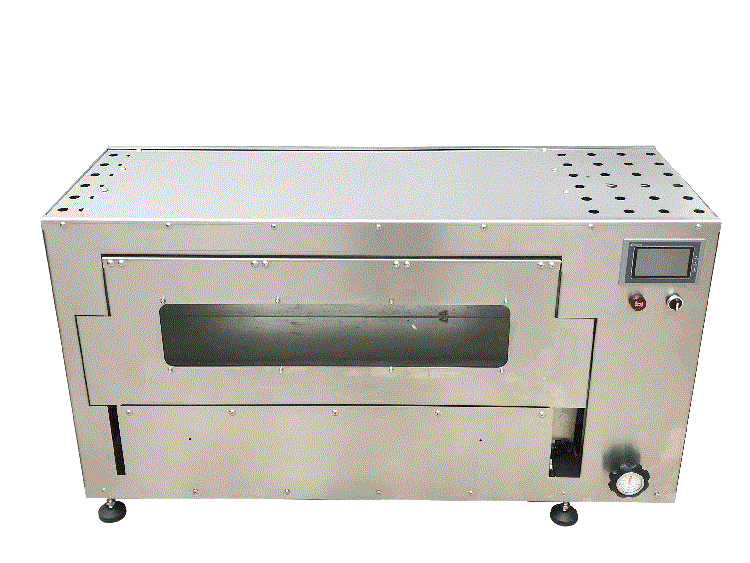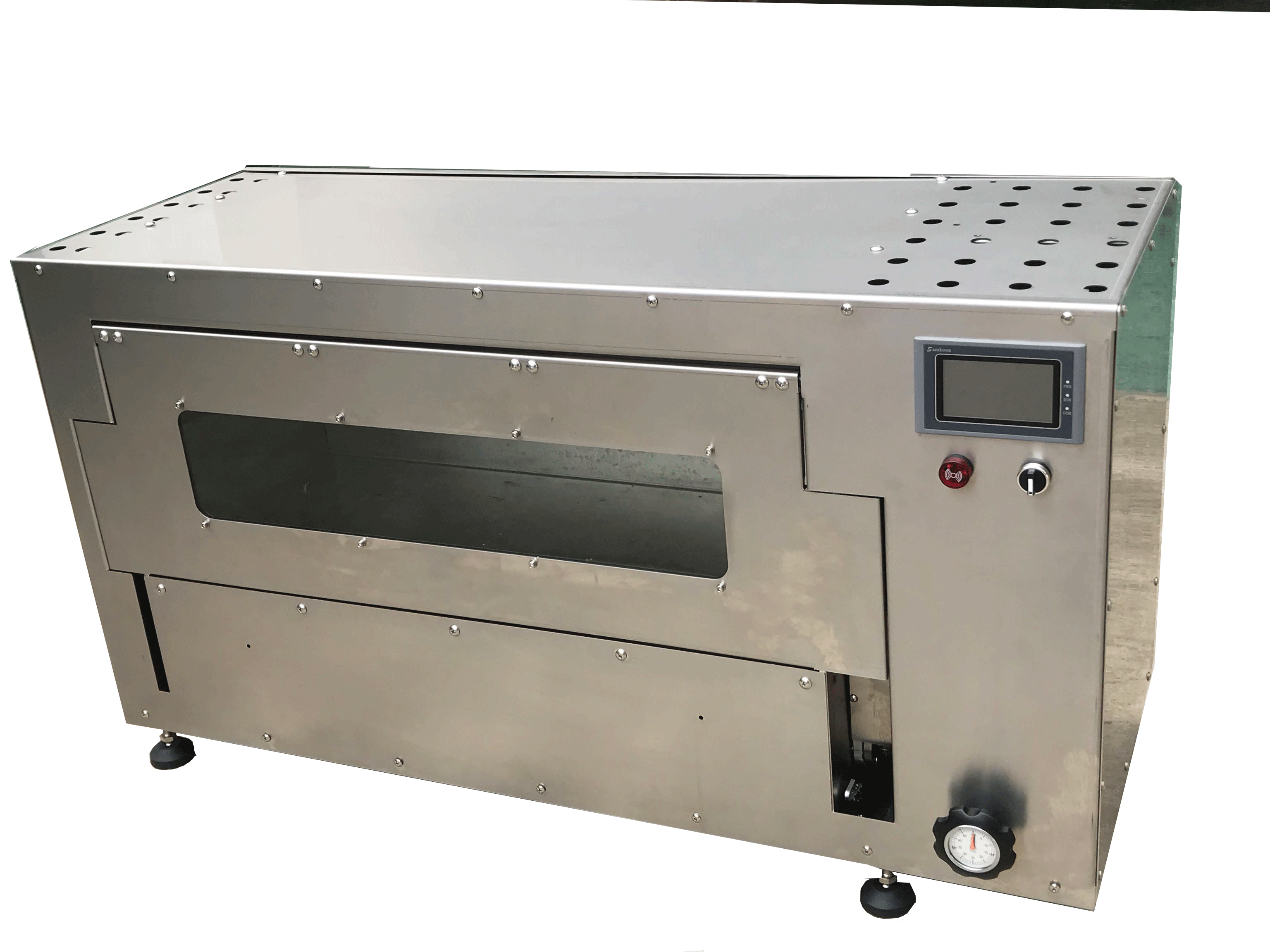Exploring the Versatility of Thermal Processing
In modern industrial manufacturing, thermal processing plays a pivotal role in shaping materials and ensuring product consistency. One of the most reliable tools in this field is the batch oven, designed for controlled heating, drying, and curing across a wide variety of industries. Unlike continuous systems, a batch oven is tailored for flexibility, allowing operators to process materials in discrete loads with precise control.
The widespread use of a batch oven demonstrates its adaptability. From aerospace components that demand exact curing conditions to food processing that requires consistent drying, the batch oven provides repeatable results. Its efficiency lies in the way it can be configured to meet specific needs, whether for low-volume production or highly specialized processes. The ability to handle different materials within the same unit adds to its universal appeal, making the batch oven a cornerstone of modern production.
Core Design Principles of a Batch Oven
Structure and Components
A batch oven is generally built with an insulated chamber, heating elements, and a robust control system. The insulated walls ensure energy efficiency, while the heating elements generate the required thermal conditions. Fans and ducts may be included to promote uniform airflow, creating consistent heating throughout the chamber.
Modes of Heating
Different applications require distinct heating methods. A batch oven may utilize convection heating for air circulation, infrared heating for surface-level treatments, or even hybrid systems for specialized results. Each mode ensures that the thermal process is adapted to the product being treated.
Temperature and Time Control
The hallmark of a batch oven is precise control. Digital controllers allow operators to set temperature ranges, dwell times, and even programmed cycles. This level of customization ensures that no matter what material is processed, the results remain consistent and reliable.

Applications of Batch Oven Technology
Industrial Manufacturing
Batch ovens are heavily used in metalworking, composite curing, and powder coating. Their ability to achieve high temperatures with consistency makes them indispensable in industries that demand durable and repeatable finishes.
Food Processing
In the food sector, a batch oven ensures products are dried, baked, or roasted under tightly regulated conditions. This helps achieve not only flavor consistency but also safety standards that protect consumer health.
Research and Development
For laboratories and research centers, the batch oven is essential in testing new materials or production methods. Small-scale experiments benefit from the control and flexibility offered by this system.
Operational Efficiency of a Batch Oven
Load Capacity Flexibility
One of the greatest advantages of a batch oven is its scalability. Small chambers suit laboratory testing, while larger units can process heavy industrial loads. This adaptability makes it an investment suitable for companies of all sizes.
Energy Optimization
Modern batch ovens are designed with efficiency in mind. Insulated walls, programmable cycles, and optimized airflow reduce wasted energy while maintaining consistent thermal environments.
Repeatability and Reliability
In industries where quality cannot be compromised, the batch oven excels in ensuring every cycle produces the same result. This reliability reduces waste, enhances productivity, and supports compliance with industry standards.
Technological Advancements in Batch Oven Design
Integration of Automation
Automation has transformed batch oven systems. Features such as programmable logic controllers (PLCs) and remote monitoring ensure that operators can manage cycles with minimal manual intervention, improving productivity.
Data Logging and Analysis
Advanced batch ovens often include built-in data collection tools. This allows industries to monitor performance, troubleshoot processes, and ensure regulatory compliance. Data transparency also improves traceability across production lines.
Customization and Modular Builds
Manufacturers now design batch ovens with modular options. Whether an operation needs additional airflow, higher temperatures, or specific chamber sizes, modular construction makes it possible to create a tailored solution.
Maintenance and Longevity of a Batch Oven
Routine Care Practices
Regular inspections of heating elements, seals, and insulation are vital to ensure long-term performance. Cleaning airflow systems and recalibrating sensors further extend the lifespan of the oven.
Importance of Calibration
Accurate temperature control is central to any batch oven. Calibration ensures that the readings from controllers reflect actual conditions inside the chamber, safeguarding product quality.
Safety Enhancements
Batch ovens often come with safety interlocks, emergency shut-off systems, and thermal sensors. Maintaining these systems is critical for preventing accidents and ensuring compliance with safety regulations.
Economic Impact of Using a Batch Oven
Cost-Effectiveness Over Time
Although the upfront investment in a batch oven may be substantial, its long-term cost-effectiveness is proven. Reduced waste, improved energy efficiency, and higher throughput ensure strong return on investment.
Versatility Across Industries
Because a batch oven can handle such a wide range of tasks, it eliminates the need for multiple specialized machines. This multifunctional approach lowers capital expenses for many businesses.
Supporting Business Growth
Companies that adopt batch ovens benefit from increased operational flexibility. This scalability allows them to expand production capacity or diversify into new markets without requiring major new equipment.
Environmental Considerations of Batch Oven Usage
Energy-Saving Technologies
Modern batch ovens integrate eco-friendly heating systems that minimize energy use without sacrificing performance. Insulation advancements further reduce emissions by conserving thermal energy.
Waste Reduction Strategies
By enabling precise process control, batch ovens reduce errors that would otherwise lead to wasted materials. In food processing, for example, fewer rejected batches mean less food waste.
Sustainable Manufacturing Practices
The inclusion of programmable energy cycles ensures that batch ovens align with sustainable production goals. This contributes to global efforts in lowering industrial carbon footprints.
FAQ
What industries commonly use a batch oven?
A batch oven is widely used in industries such as aerospace, automotive, metal finishing, food processing, and research laboratories due to its flexibility and precise control.
How does a batch oven differ from a continuous oven?
Unlike continuous ovens that process items in a constant flow, a batch oven processes materials in discrete loads, allowing for greater control and adaptability.
What maintenance does a batch oven require?
Regular cleaning, inspection of heating elements, airflow systems, and calibration of temperature controls are essential for reliable long-term performance.
Are batch ovens energy efficient?
Yes, modern batch ovens are designed with insulation, programmable heating cycles, and airflow optimization to minimize energy consumption while maintaining consistent results.
Table of Contents
- Exploring the Versatility of Thermal Processing
- Core Design Principles of a Batch Oven
- Applications of Batch Oven Technology
- Operational Efficiency of a Batch Oven
- Technological Advancements in Batch Oven Design
- Maintenance and Longevity of a Batch Oven
- Economic Impact of Using a Batch Oven
- Environmental Considerations of Batch Oven Usage
- FAQ


